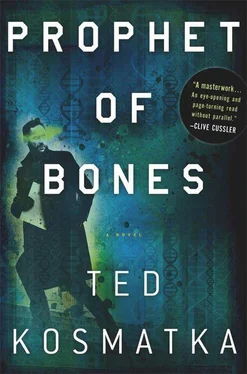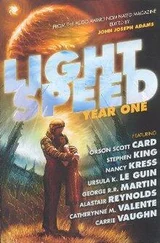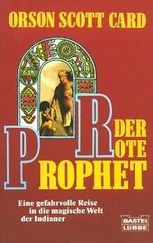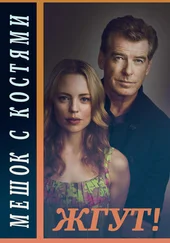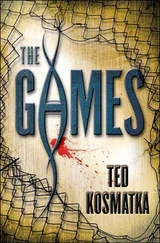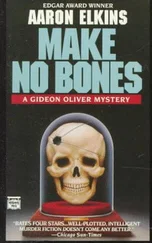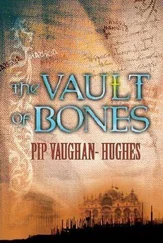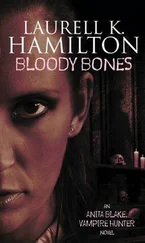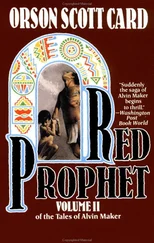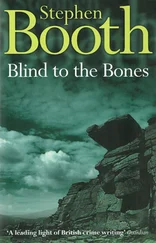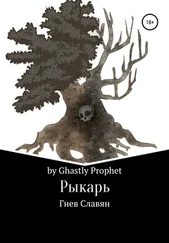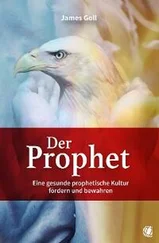“We’d like to get a complete statement from you,” the officer said. “For the record.”
“I’ll tell you everything,” Paul answered. It’s what prophets did.
They ushered Lilli to one squad car, Paul to another.
Lilli started to pull back, but Paul told her, “Just go with them. It’s okay. Just tell them what you know.”
She nodded and let herself be steered away gently by the arm.
Paul’s officer opened the back door of his squad car, and Paul ducked his head and sat. He pulled the report out and set it on the car seat next to him. The papers were crinkled but still legible. A dozen pages that might or might not matter. The car idled while the officer talked to the newspaper boss for a moment, and then the two shook hands and the officer headed for the car.
Paul watched the newspaper boss head back inside his building to write the next day’s headline. He wondered what it would look like. He wondered if there would be future headlines, in other cities, as the scope of what had happened was finally revealed.
The officer climbed into the car and shut the door. The back of his head was slick with sweat. “It’s gonna be a hot one today,” Paul said.
“Yeah,” the cop said. “Feels like.”
The cop started the car and eased past the throng of onlookers crowding the sidewalks. They stood staring from both sides of the wide city street, watching the police lights. Paul took off his eye patch and looked out the window at the curious faces, with both his good eye and the ghost eye, and then he closed his eyes in silent prayer as the cop car pulled down the road, leaving the faces behind.
Arka, I. W., and J. Kosmas. “Passive without passive morphology? Evidence from Manggarai.” Australian National University conference paper (2002), available online at http://hdl.handle.net/1885/41059.
Behar, D. M., M. F. Hammer, D. Garrigan, R. Villems, B. Bonne-Tamir, M. Richards, D. Gurwitz, D. Rosengarten, M. Kaplan, S. Della Pergola, L. Quintana-Murci, and K. Skorecki. “MtDNA evidence for a genetic bottleneck in the early history of the Ashkenazi Jewish population.” European Journal of Human Genetics 12, no. 5 (May 2004): 355–64.
Bertranpetit, J., and F. Calafell. “Genetic and geographical variability in cystic fibrosis: evolutionary considerations.” Ciba Foundation Symposium 197 (1996): 97–114.
Biello, D. “Searching for God in the brain.” Scientific American Mind 18, no. 5 (October/November 2007): 38–45.
Clan Donald USA website. Online at http://clan-donald-usa.org/CDCMS/index.html.
Clarey, M. G., J. P. Erzberger, P. Grob, A. E. Leschziner, J. M. Berger, E. Nogales, and M. Botchan. “Nucleotide-dependent conformational changes in the DnaA-like core of the origin recognition complex.” Nature Structural and Molecular Biology 13, no. 8 (August 2006): 684–90.
Currie, L. A. “The remarkable metrological history of radiocarbon dating [II].” Journal of Research of the National Institute of Standards and Technology 109, no. 2 (March/April 2004): 185–217.
Cuthbert, A. W., J. Halstead, R. Ratcliff, W. H. Colledge, and M. J. Evans. “The genetic advantage hypothesis in cystic fibrosis heterozygotes: a murine study.” Journal of Physiology 482, pt. 2 (January 15, 1995): 449–54.
Derenko, M. V., B. A. Maliarchuk, M. Wozniak, G. A. Denisova, I. K. Dambueva, C. M. Dorzhu, T. Grzybowski, and I. A. Zakharov. “Distribution of the male lineages of Genghis Khan’s descendants in northern Eurasian populations” [article in Russian]. Genetika 43, no. 3 (March 2007): 422–26.
Deshpande, O., S. Batzoglou, M. W. Feldman, and L. L. Cavalli-Sforza. “A serial founder effect model for human settlement out of Africa.” Proceedings of the Royal Society B 276, no. 1655 (January 2009): 291–300.
Dienekes’ Anthropology Blog. “Forbidden DNA sequences.” Available online at http://dienekes.blogspot.com/2007/01/forbidden-dna-sequences.html.
Doughty, B. R. “The changes in ABO blood group frequency within a mediaeval English population.” Medical Laboratory Sciences 34, no. 4 (October 1977): 351–54.
Electric Scotland, “MacDonald Genetic Project.” Available online at http://www.electricscotland.com/webclans/m/macdonald_genetic.htm.
Electric Scotland, “The Norse Code.” Available online at http://www.electricscotland.com/history/articles/norse.htm.
Fehér, O., H. Wang, S. Saar, P. P. Mitra, and O. Tchernichovski. “De novo establishment of wild-type song culture in zebra finch.” Nature 459, no. 7264 (May 28, 2009): 564–68.
Founder Scots DNA website. Online at http://www.ourfamilyorigins.com/scotland/founderscots.htm.
Gabriel, S. E., K. N. Brigman, B. H. Koller, R. C. Boucher, and M. J. Stutts. “Cystic fibrosis heterozygote resistance to cholera toxin in the cystic fibrosis mouse model.” Science 266, no. 5182 (October 1994): 107–9.
Hammer, M. F., A. J. Redd, E. T. Wood, M. R. Bonner, H. Jarjanazi, T. Karafet, S. Santachiara-Benerecetti, A. Oppenheim, M. A. Jobling, T. Jenkins, H. Ostrer, and B. Bonné-Tamir. “Jewish and Middle Eastern non-Jewish populations share a common pool of Y-chromosome biallelic haplotypes.” Proceedings of the National Academy of Sciences of the United States of America 97, no. 12 (June 2000): 6769–74.
Hampikian, G., and T. Andersen. “Absent sequences: nullomers and primes.” Pacific Symposium on Biocomputing 12 (2007): 355–66.
Kirsch, J. “Moses Unmasked.” U.S. News & World Report special issue, Mysteries of Faith: The Prophets (2006).
Kwiatkowski, D. P. “How malaria has affected the human genome and what genetics teaches us about malaria.” American Journal of Human Genetics 77, no. 2 (August 2005): 171–92.
Morwood, M., and P. van Oosterzee. A New Human: The Startling Discovery and Strange Story of the “Hobbits” of Flores, Indonesia . Washington, D.C.: Smithsonian, 2007.
Nebel, A., D. Filon, B. Brinkmann, P. P. Majmuder, M. Faerman, and A. Oppenheim. “The Y chromosome pool of Jews as part of the genetic landscape of the Middle East.” American Journal of Human Genetics 69, no. 5 (November 2001): 1095–1112.
Nebel, A., D. Filon, M. Faerman, H. Soodyall, and A. Oppenheim. “Y chromosome evidence for a founder effect in Ashkenazi Jews.” European Journal of Human Genetics 13, no. 3 (March 2005): 388–91.
Oriá, R. B., P. D. Patrick, H. Zhang, B. Lorntz, C. M. de Castro Costa, G. A. Brito, L. J. Barrett, A. A. Lima, and R. L. Guerrant. “APOE4 protects the cognitive development in children with heavy diarrhea burdens in Northeast Brazil.” Pediatric Research 57, no. 2 (February 2005): 310–16.
Page, M. Book review of C. M. Woolgar, D. Serjeantson, and T. Waldron, Food in Medieval England: Diet and Nutrition . English Historical Review 123, issue 501 (2008): 419–21.
Pestana de Castro, A. F., P. Perreau, A. C. Rodriques, and M. Simoes. “Haemagglutinating properties of Pasteurella multocida type A strains isolated from rabbits and poultry.” Annals of Microbiology (Paris) 131, no. 3 (May/June 1980): 255–63.
Peters, F. E. “Abraham’s Miraculous Journey.” U.S. News & World Report special issue, Mysteries of Faith: The Prophets (2006).
Sheler, J. L. “The Lure of the Prophetic Word.” U.S. News & World Report special issue, Mysteries of Faith: The Prophets (2006).
Sykes, B. Adam’s Curse: A Future Without Men . New York: W. W. Norton, 2004.
_____. Blood of the Isles: Exploring the Genetic Roots of Our Tribal History . London: Bantam, 2006.
Читать дальше
